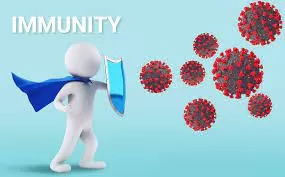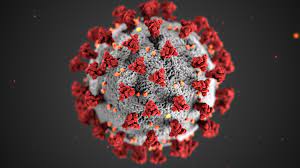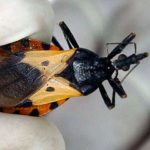In a groundbreaking development, researchers at Purdue University are spearheading efforts to combat glioblastoma, an aggressive and often fatal form of brain cancer. Led by associate professor Sandro Matosevic, the team is pioneering a novel immunotherapy approach that holds promise for treating this devastating disease.
Glioblastoma: A Lethal Challenge
Glioblastomas represent one of the most challenging obstacles in oncology, with a median survival time of just 14 months. Conventional treatment methods, including chemotherapy and immunotherapy, have proven largely ineffective against this formidable foe, leaving patients with few viable options.
A Novel Immunotherapy Approach
Matosevic and his team are revolutionizing the treatment landscape with their patent-pending immunotherapy designed specifically for glioblastoma. Published in the prestigious journal Nature Communications, their research introduces a pioneering approach that harnesses the power of genetically engineered immune cells to target and eliminate cancerous growths.
The Purdue Glioblastoma Treatment
Unlike traditional cell therapies, which are often limited by their reliance on a patient’s own cells, Purdue’s immunotherapy utilizes off-the-shelf immune cells sourced from induced pluripotent stem cells (iPSCs). By circumventing the need for patient-derived cells, this innovative approach streamlines the treatment process and offers a scalable solution for widespread clinical use.
“Our immunotherapy represents a true off-the-shelf solution, providing unlimited access to engineered stem cells ready for clinical deployment,” explains Matosevic. “This breakthrough has the potential to revolutionize the treatment landscape for glioblastoma and other cancers.”
Validation and Clinical Translation
Initial preclinical studies have yielded promising results, with engineered immune cells demonstrating exceptional efficacy in targeting and eradicating tumors in animal models. Encouraged by these findings, the research team is poised to advance their therapy into clinical trials, with the ultimate goal of offering hope to patients battling brain tumors.
“Our next step is to initiate clinical trials to evaluate the safety and efficacy of our treatment in human patients,” Matosevic affirms. “We are committed to translating this groundbreaking therapy from the laboratory to the clinic, where it can make a meaningful difference in the lives of those affected by glioblastoma.”
Collaboration and Partnership
Matosevic emphasizes the importance of collaboration and partnership in advancing their mission. By forging alliances with neurosurgical clinicians and industry stakeholders, the team aims to accelerate the clinical translation of their therapy and bring much-needed relief to patients in need.
“We are actively seeking collaborators and partners who share our vision and are committed to supporting our efforts to combat glioblastoma,” Matosevic states. “Together, we can make strides towards transforming the landscape of cancer treatment.”
Protecting Intellectual Property
Recognizing the potential impact of their innovation, Matosevic and the research team have taken steps to protect their intellectual property. With support from funding agencies and industry partners, they are poised to advance their therapy through rigorous clinical testing and regulatory approval processes.
A Beacon of Hope
As the Purdue team continues to push the boundaries of scientific discovery, their pioneering work offers a ray of hope to individuals battling glioblastoma and their families. With determination and dedication, they are charting a course towards a future where effective treatments for incurable brain tumors are within reach.












